When Dancing Turned Deadly: The Dark Side Of 1930s Dance Marathons
Imagine dancing for days on end, not just for joy, but for survival. In the 1920s and 1930s, dance marathons swept across America, turning energetic dance halls into intense endurance arenas.
What started as fun competitions soon became grueling tests of stamina, where participants battled exhaustion and pain for a chance at food, shelter, and prize money.
These events captivated a nation struggling through the Great Depression, blurring the lines between entertainment and exploitation and leaving a lasting mark on American history.
The birth and boom of Dance Marathons
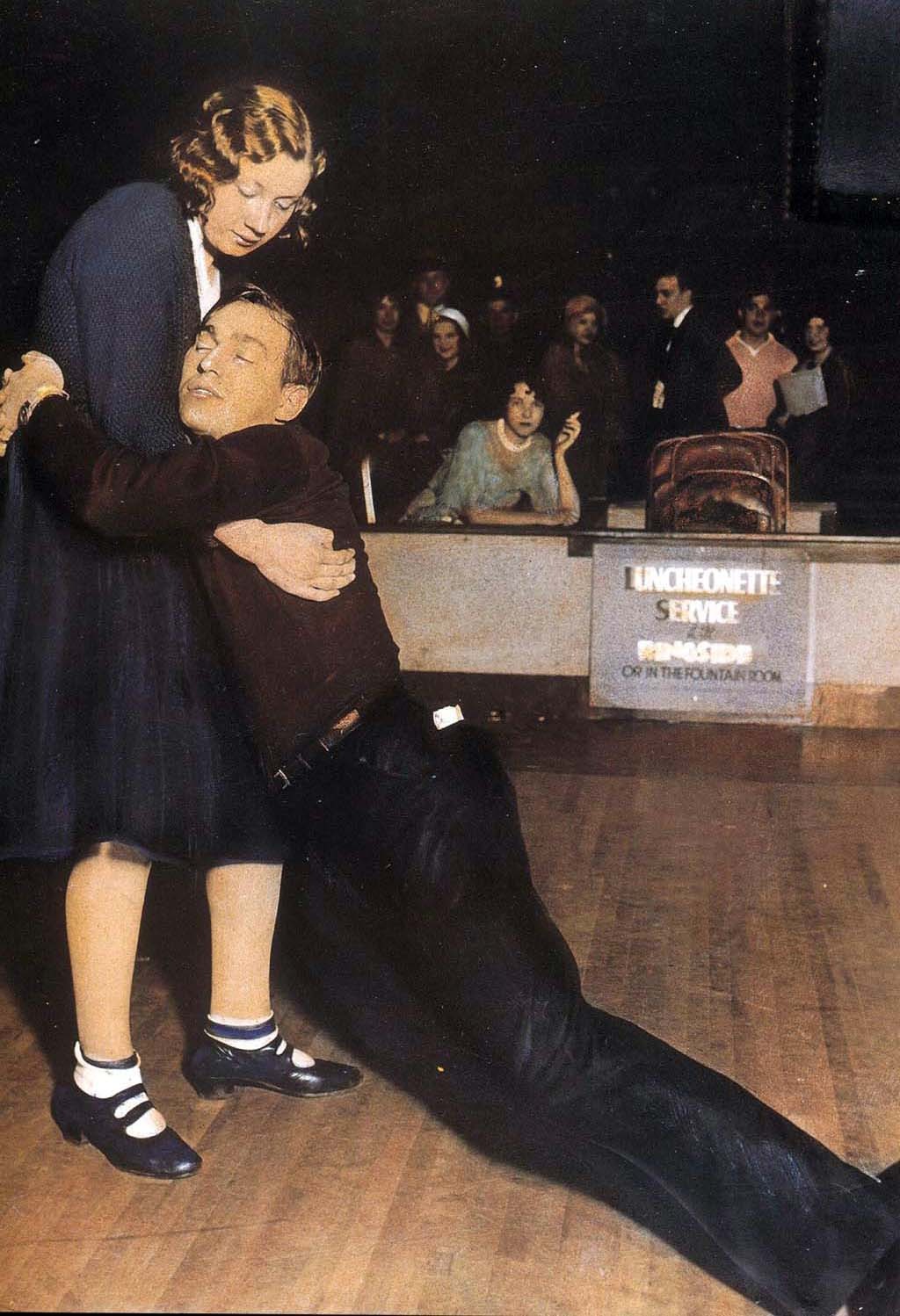
Dance marathons first took off in the 1920s, inspired by Alma Cummings, a dance instructor who set a record by dancing for 27 hours in New York’s Audubon Ballroom.
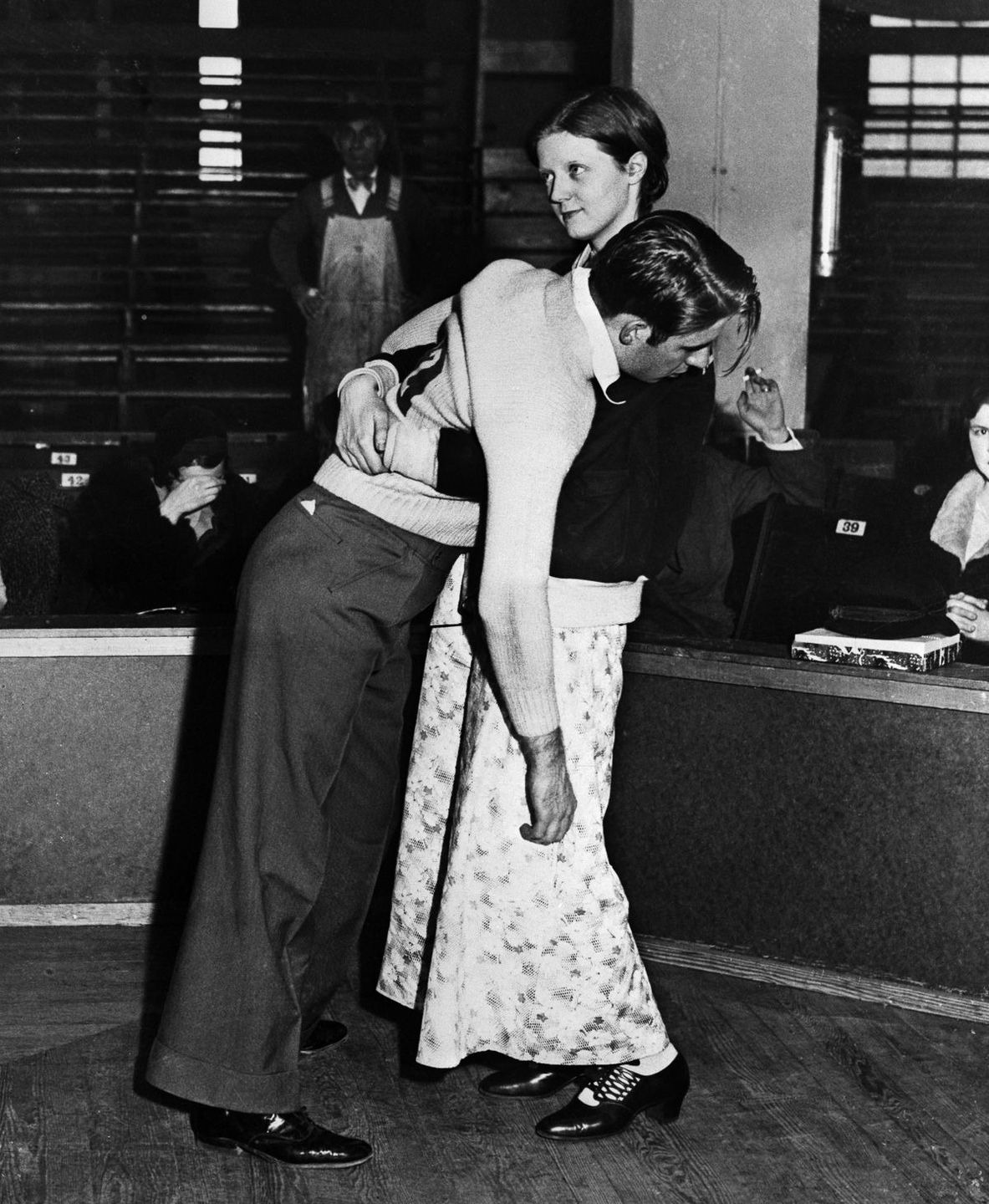
Her feat ignited a nationwide craze, with people across the country eager to break records and claim their place in the spotlight.

As the Great Depression hit, these marathons became more than just a fun pastime; they offered a lifeline to those struggling to survive.
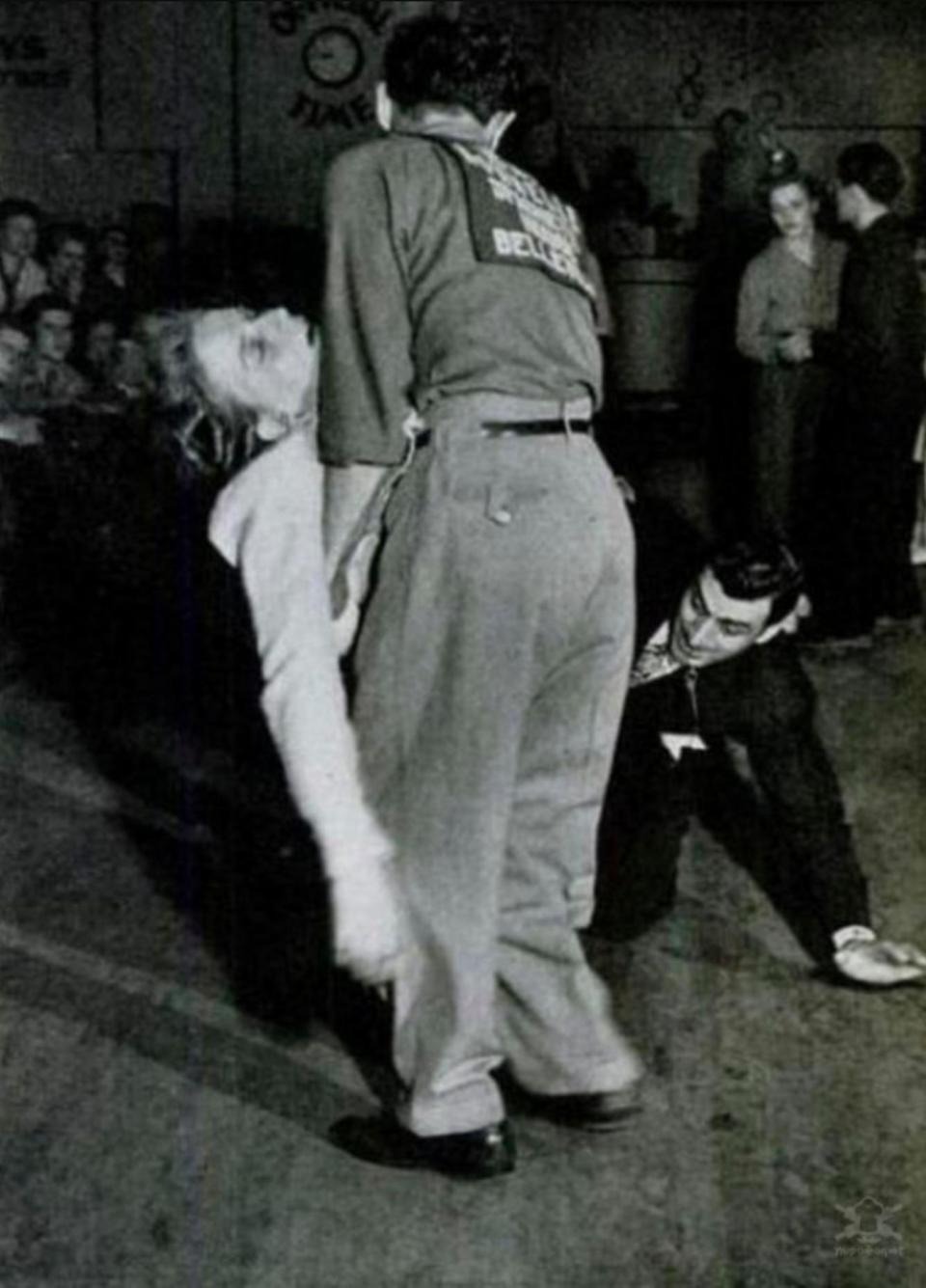
With cash prizes that could equal a year’s wages and the promise of food and shelter, dance marathons quickly spread to nearly every American city
Rules, risks, and relentless movement
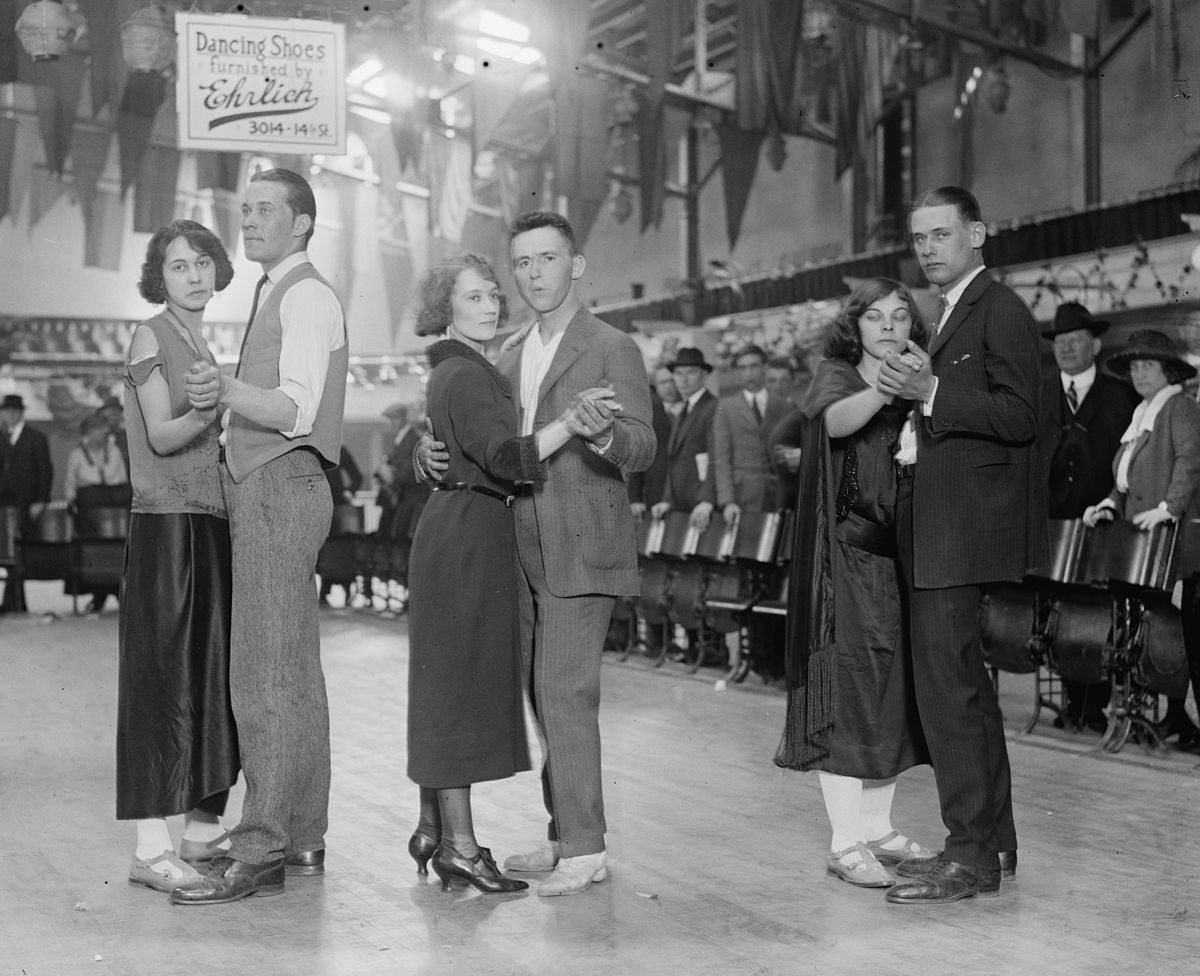
The rules of dance marathons were simple but brutal: couples had to stay on their feet, constantly moving, with only short breaks every few hours.
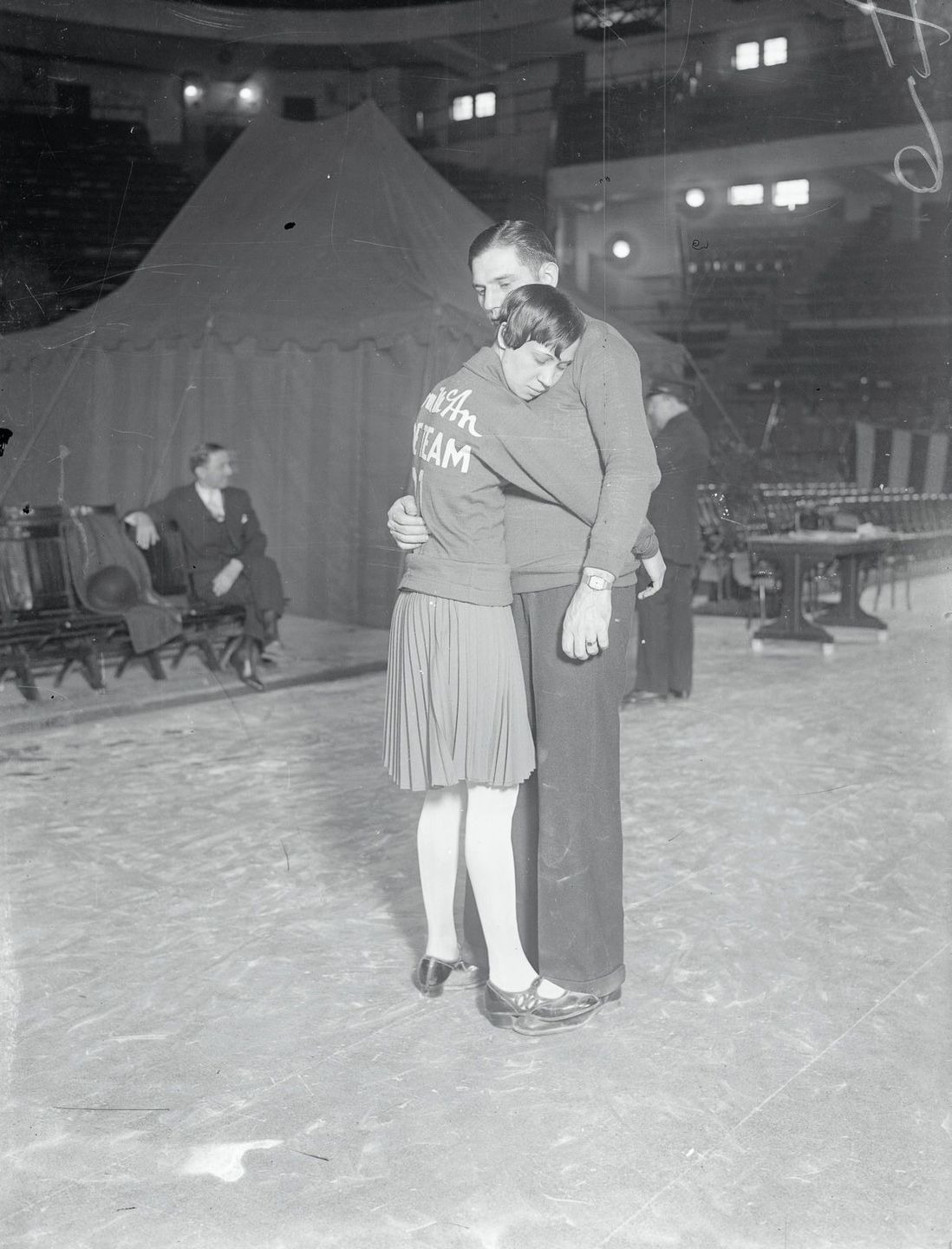
These breaks, often just 15 minutes long, sometimes took place on beds rolled onto the dance floor so the audience could continue watching.
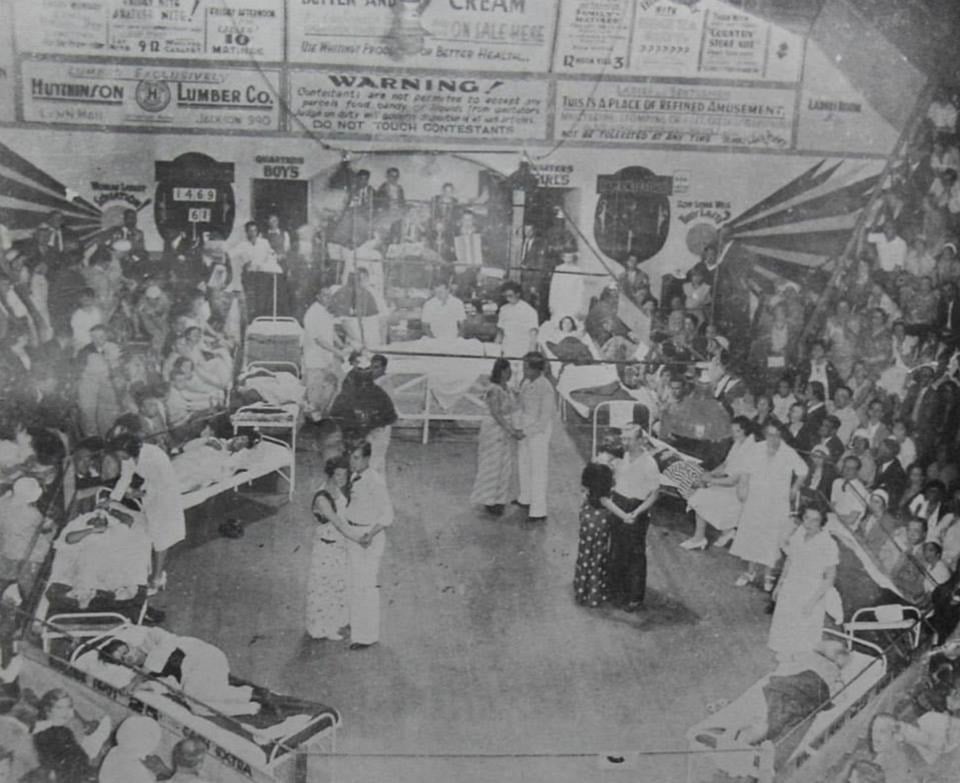
Contestants had to eat, shave, and even sleep while still in motion, often leaning on their partners for support.
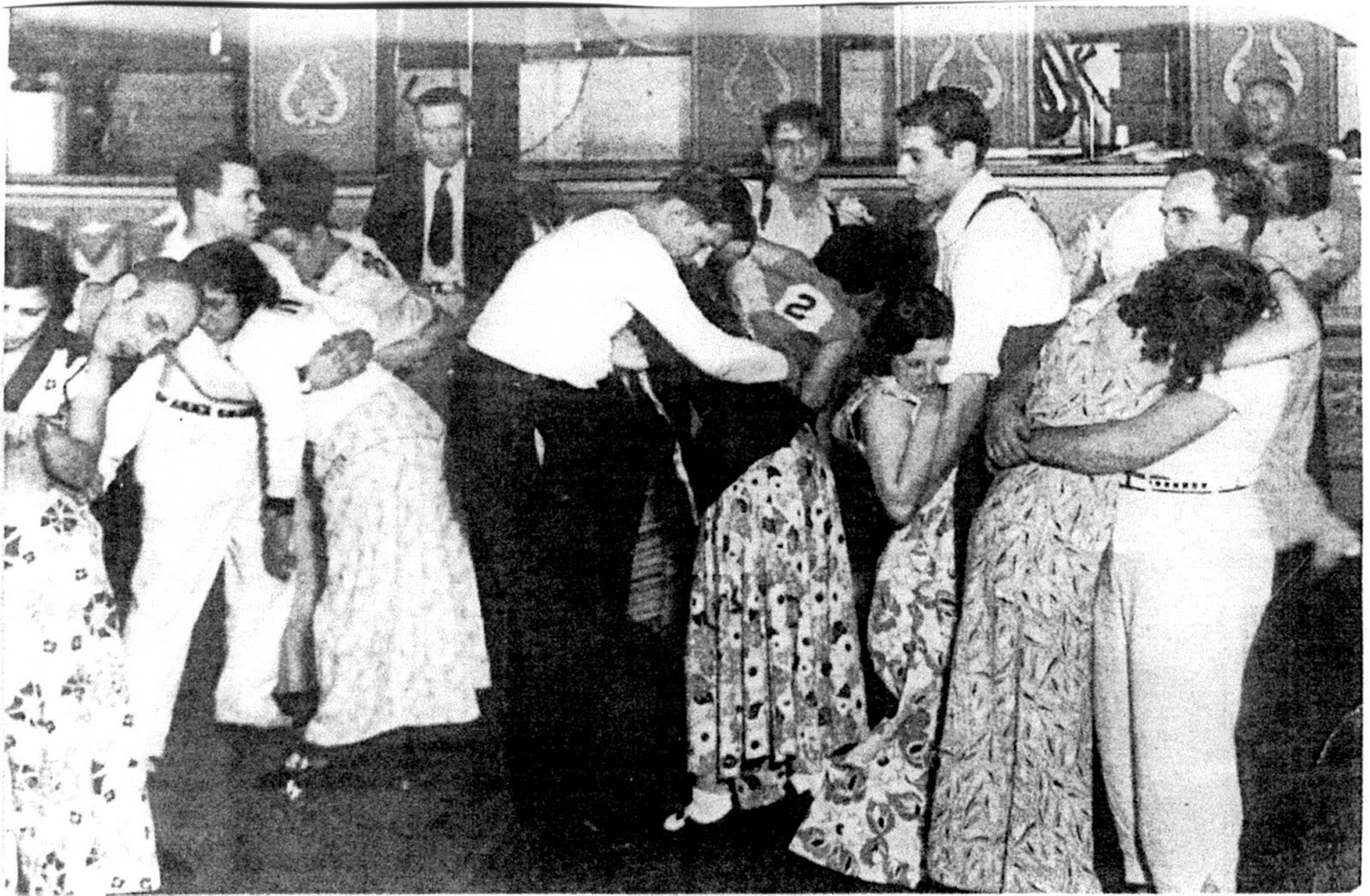
Floor judges enforced these rules strictly, using rulers or even ice-water baths to jolt sluggish dancers back to action.
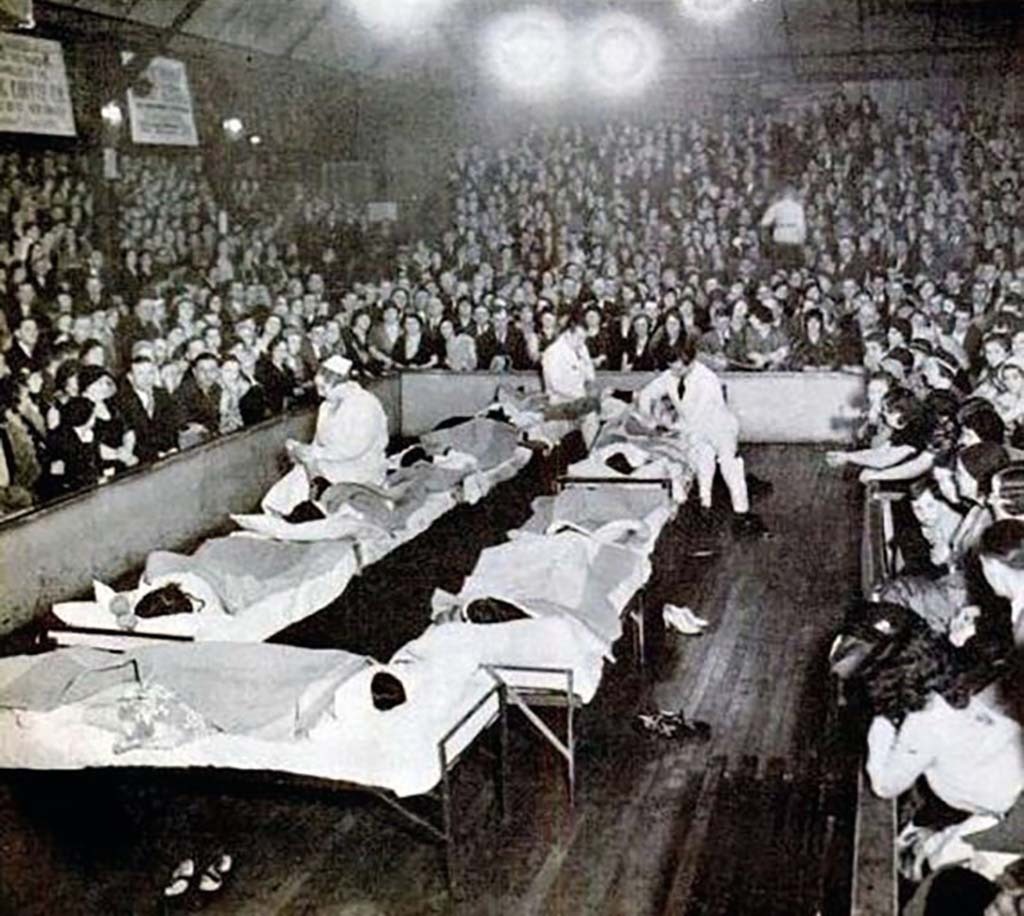
The relentless nature of the competition turned these marathons into grueling endurance tests.
The grueling toll on the body and mind
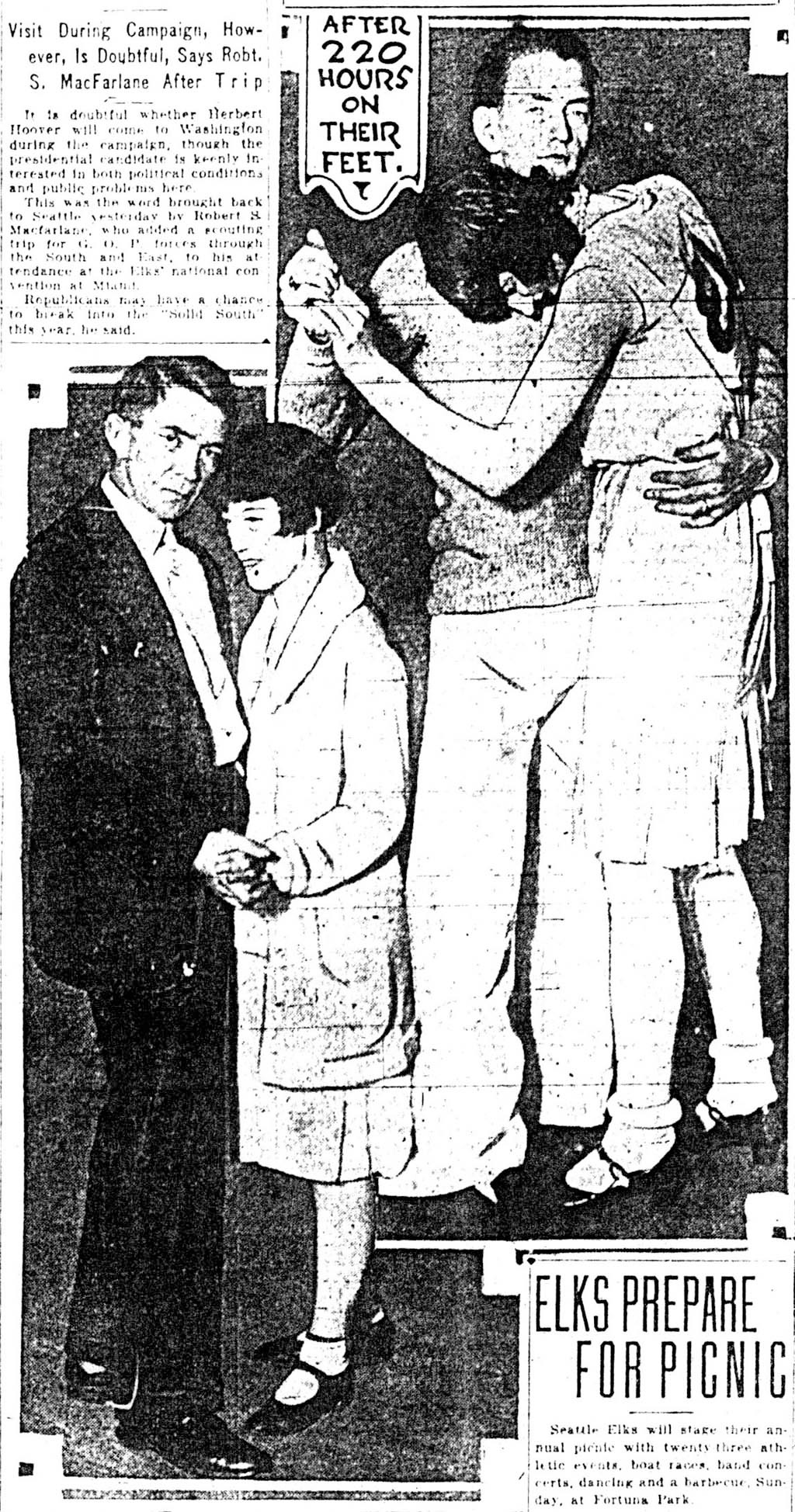
The physical and mental toll on participants was enormous. As days turned into weeks, dancers suffered from severe exhaustion, hallucinations, and physical injuries like swollen legs and blisters.
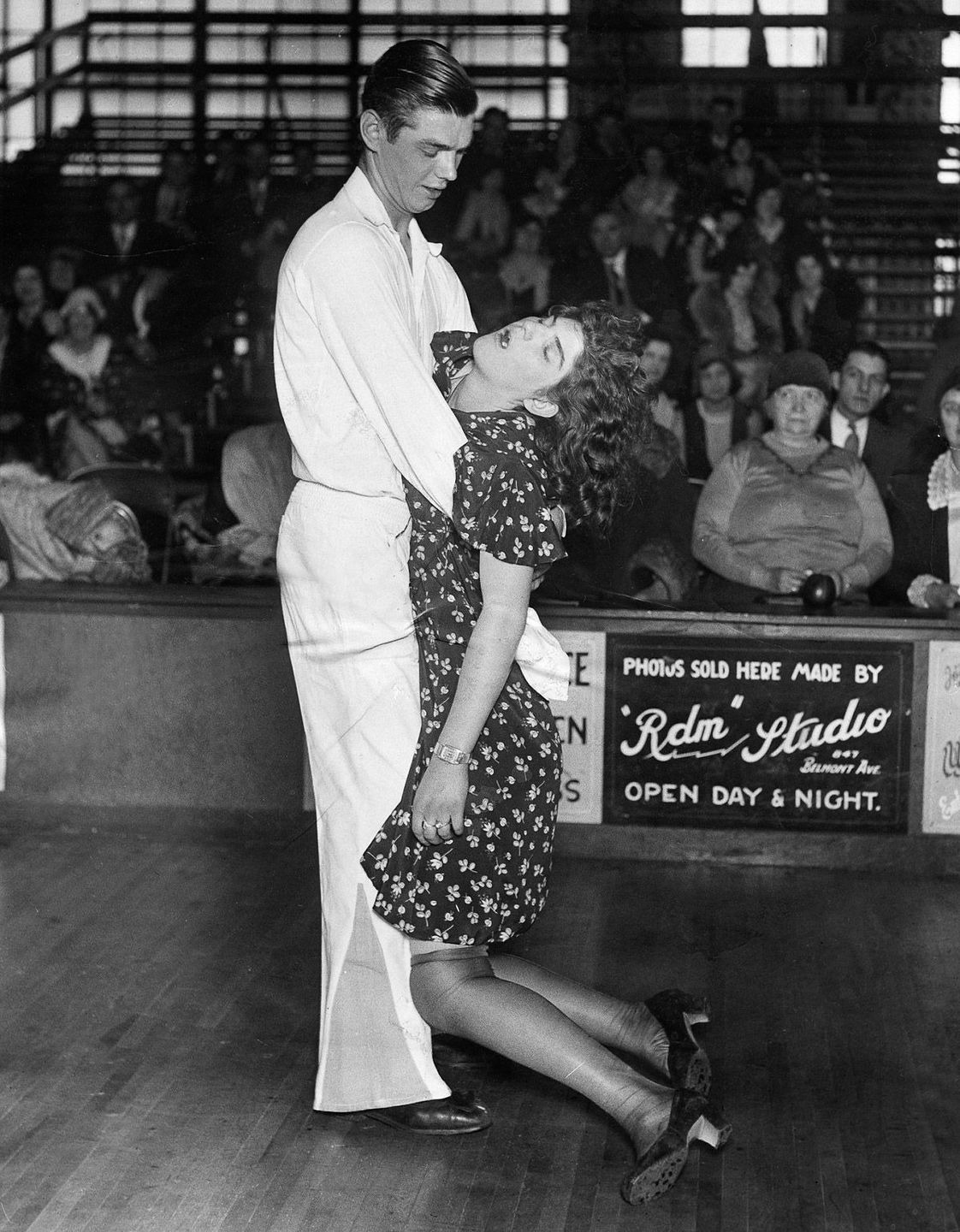
For example, in 1923, Homer Morehouse tragically collapsed and died after dancing for 87 hours.
Sleep deprivation pushed many to their limits, leading to breakdowns and even suicides, like the case of Gladys Lenz in Seattle, who attempted suicide after a grueling marathon.
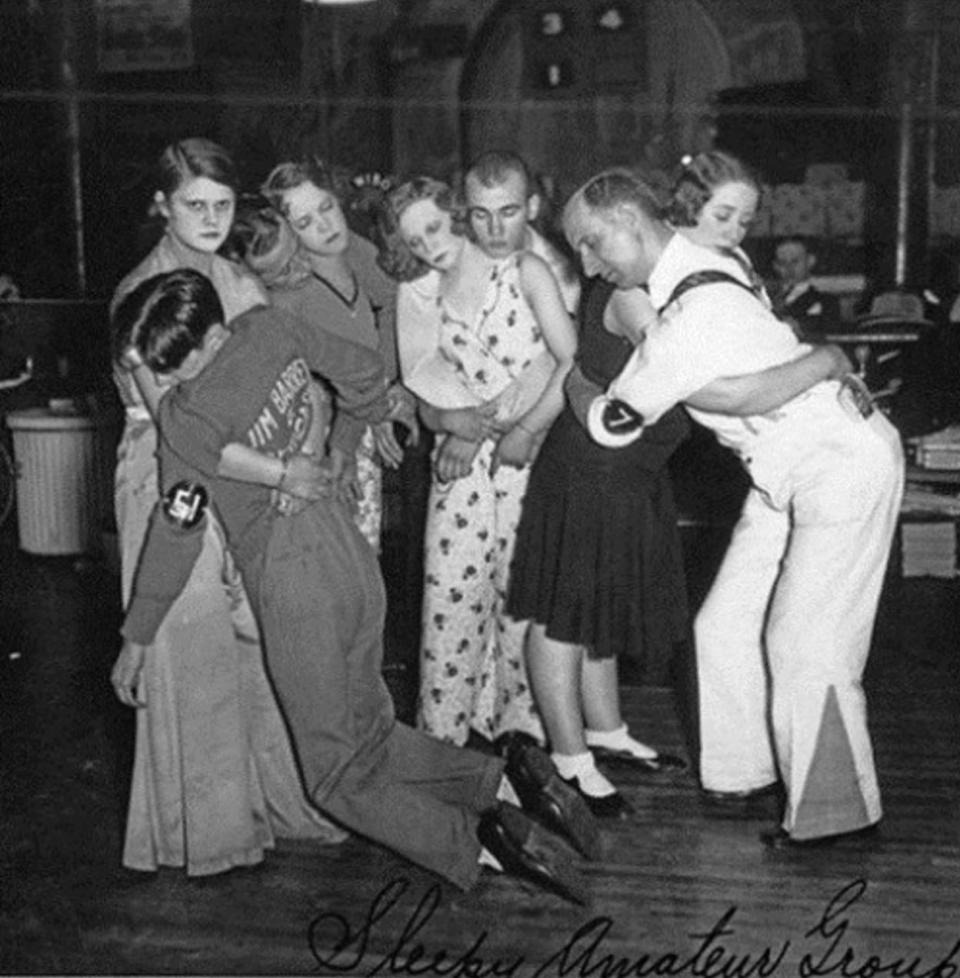
These events, once lighthearted competitions, became dark spectacles of human endurance and suffering, reflecting the desperate times of the Great Depression.
Scandal, outrage, and the eventual ban
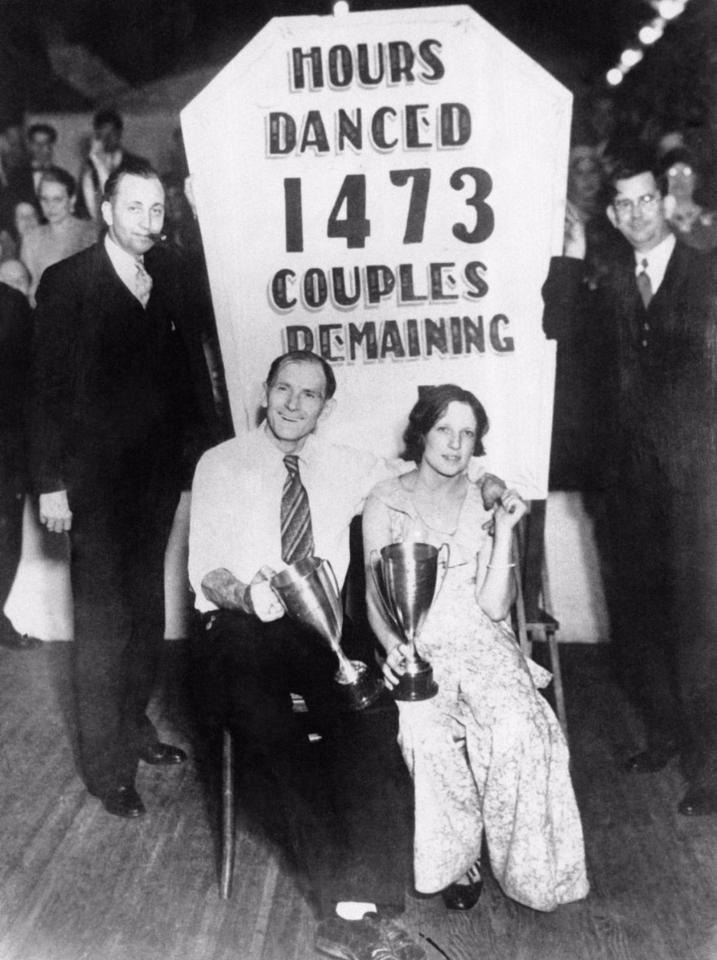
As dance marathons grew more popular, they also attracted increasing controversy.
Reports emerged of rigged competitions where winners were pre-selected, robbing desperate participants of their fair shot at the prize money. Tragic incidents, such as deaths and mental breakdowns, fueled public outrage.

For instance, Seattle banned dance marathons after Gladys Lenz’s attempted suicide in 1928, and by 1933, New York and many other cities had followed suit.
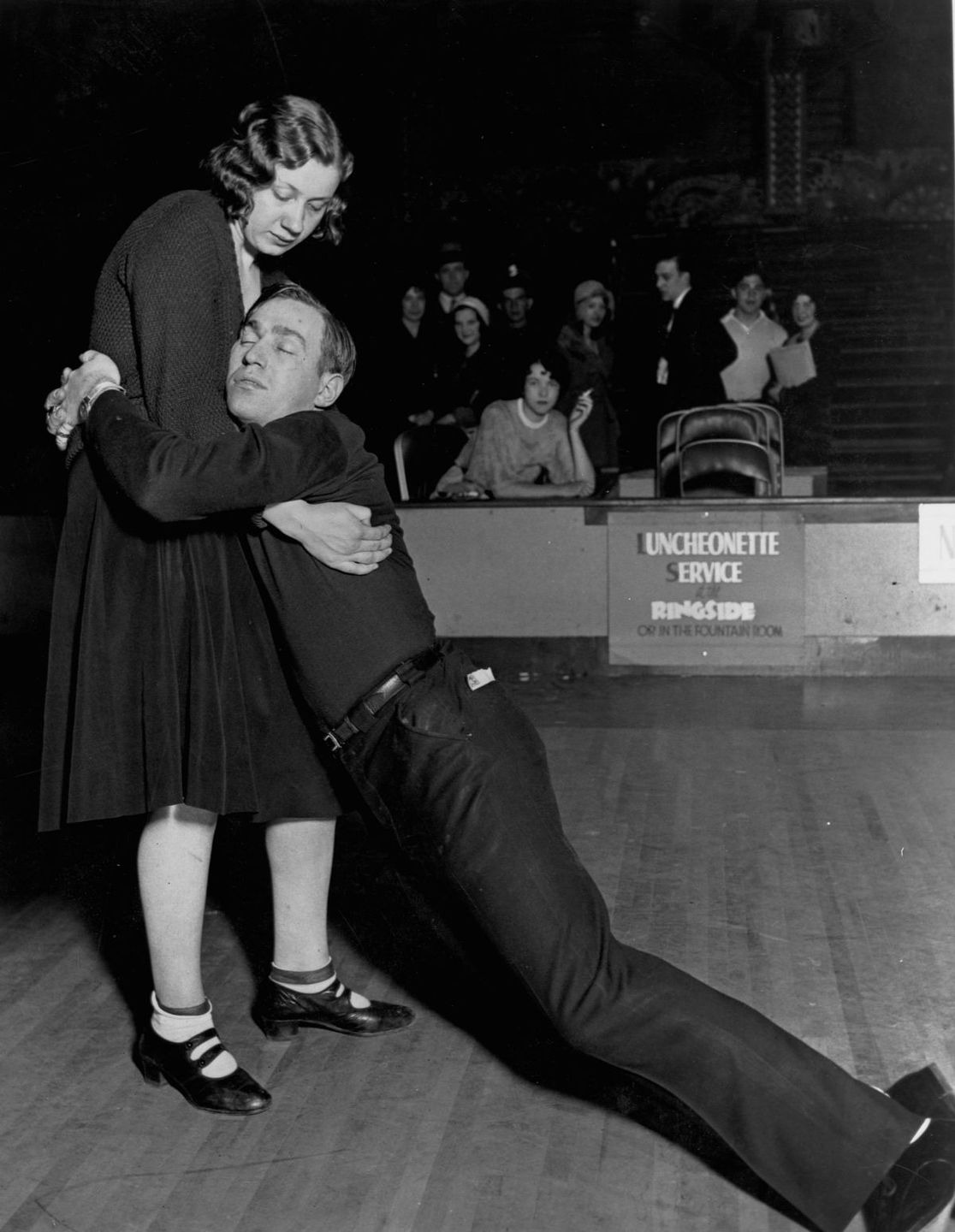
The events were seen as exploitative and inhumane, leading to widespread bans and the eventual decline of what had once been America’s most popular form of live entertainment.
Endurance legends and the lasting legacy
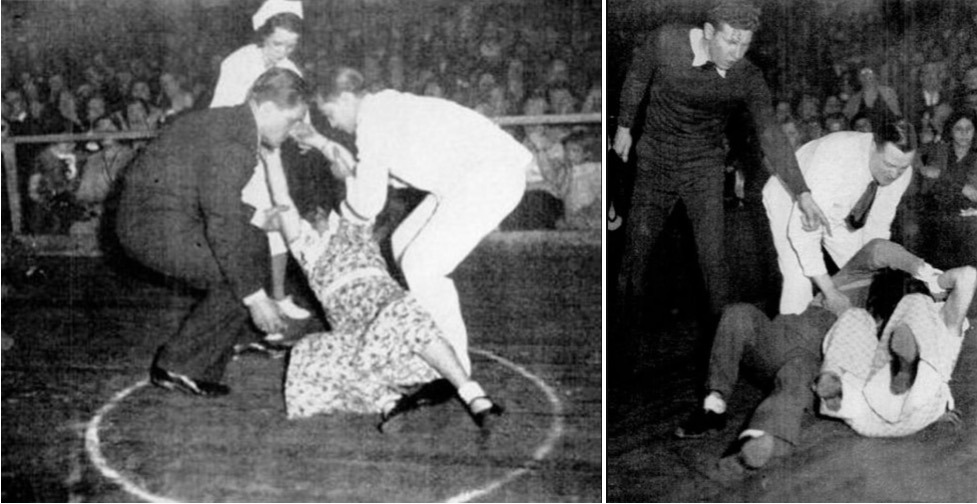
Even as dance marathons faded from popularity, the legends of those who endured them lived on.
Broadway star June Havoc, for example, competed in multiple marathons, setting a record for dancing for over four months.
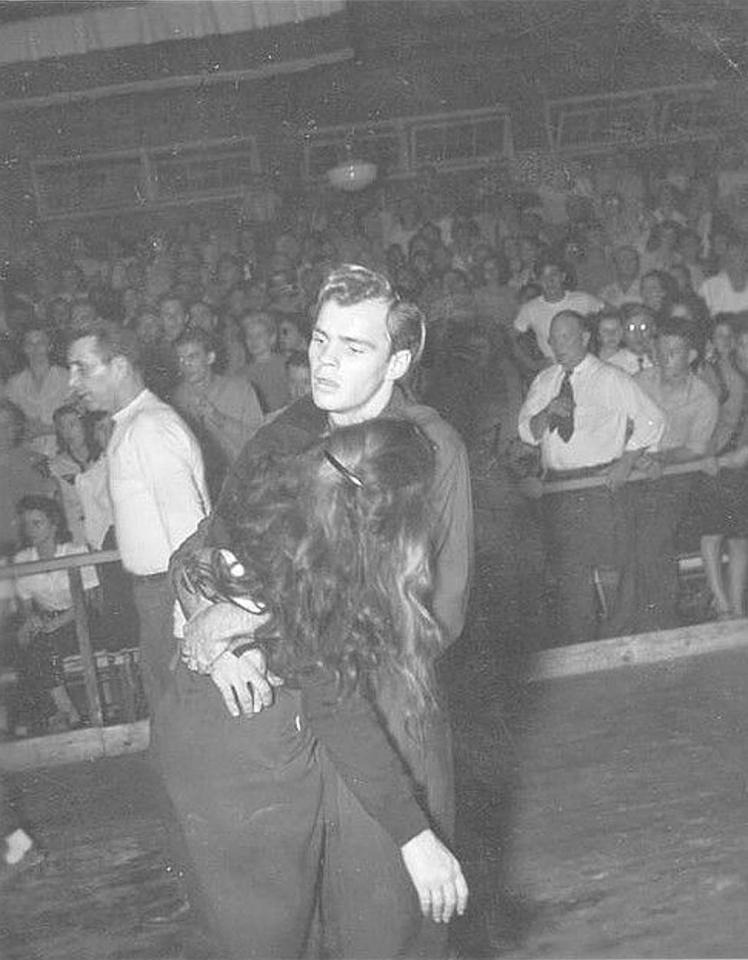
In 1933, Callum DeVillier and Vonny Kuchinski danced for five months to win a $1,000 prize in Massachusetts.
Today, while dance marathons still exist, they are much safer and shorter, with strict regulations in place to protect participants.

